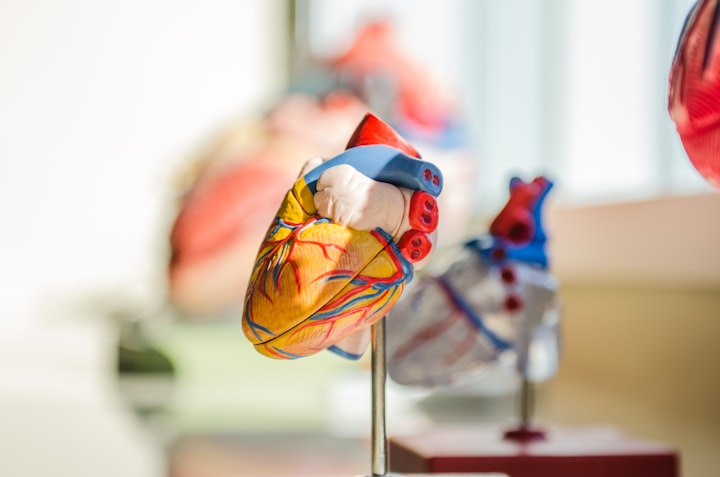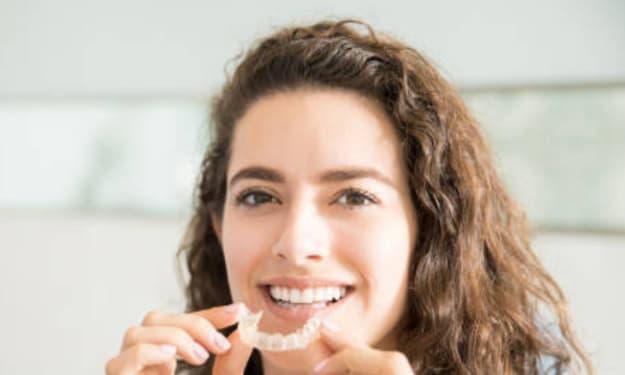
Taking medication or using a blood clotting machine can reduce the risk of DVT after hip or knee surgery in 1 or 2 people in 10 people. Up to 4 out of 10 people who do not receive anticoagulants, DVT between 1 and 2 weeks have major hip or knee surgery. This is an important factor in considering why hospitalization is at high risk for DVT.
People with DVT may not have symptoms or know about them. When DVT starts in the leg, it can cause leg swelling, which can cause pain in the patient. The most common blood clots in athletes are DVT of the legs and PE.
Sometimes a blood clot in the arm or leg (called deep vein thrombosis or DVT) can enter the lungs and cause a blood clot called pulmonary embolism (PE). If the clot is trapped in the bloodstream, it can cause serious problems, such as deep vein thrombosis (DVT) or pulmonary embolism. It removes blood clots that form in the arteries or veins.
When a lump ruptures, it can remain in the bloodstream in the lungs. If a lump appears in the leg or arm and reaches the lungs, it can cause lumps in the lungs. The clots then remain in the lungs and block the flow of blood; it can cause shortness of breath, chest pains, and in some cases may even endanger life.
If a person does not move his or her legs or muscles, blood flow will decrease, which can lead to blood loss. During the journey, blood clots may form in the deep veins (veins beneath the invisible part of the skin) of your legs because you remain immobile in a confined space for a long time. When the legs are left unsteady for long periods, such as when lying down in bed, the calf muscles do not stretch to improve blood circulation, which may increase the risk of blood clots.
If possible, try to lie on your left side to improve blood circulation and blood flow where it can be difficult during pregnancy. Your blood needs to be thickened to avoid excessive bleeding due to small cuts. However, blood vessels can sometimes form clots without good reason, causing blockages that can lead to serious health problems. While blood clots in the arms or legs can be dangerous, the real danger is that they may explode into the heart, lungs, or brain, blocking the flow of oxygen to these vital organs.
The risk may be higher if you have a history of blood clots or varicose veins, are taking certain medications (such as estrogen-containing contraceptives or hormone replacement therapy), are pregnant, or have had surgery in the past 90 days. Combining a long journey with one or more of these risks increases the risk of thrombosis. However, even considering these factors, “the risk of blood clots during air travel is very small,” says Robert J. Meissner, a surgeon, MD, and FACS at Main Line Health. . But certain aspects of air travel, such as altitude and confined space, may present this danger.
More than 300 million people fly long distances (usually more than four hours) each year. 1 Thrombosis, also known as deep vein thrombosis (DVT), poses a serious risk to some long-distance travelers. The total number of deaths caused by blood clots each year (estimated at 100,000 to 300,000) exceeds the number of deaths due to AIDS, breast cancer, and road accidents each year.
We found out that she had had a pulmonary embolism in 2011, so many thought that only a few people with constipation were at risk.
This blockage, often associated with recurrent vascular trauma (from throbbing, lifting, or exercise), can cause DVT to form in this area, which spreads to the arteries in the arm. This is called exercise thrombosis or obstruction / thoracic outlet syndrome. If DVT resolves, for example after anticoagulant treatment, replacement of one or more ribs may be needed to increase chest compression.
This increases the risk of plaque formation in the narrow area of the left pelvis (thigh area) as the plaque spreads down to the left leg. In enlarged varicose veins, blood does not flow faster; In addition, varicose veins often develop scars or infections and lose their natural ability to prevent thickening. Many patients - including the one shown here - come to us because of the symptoms of phlebitis, not varicose veins.
Depending on the particular health conditions, men and women can use both anticoagulants if the benefits of anemia outweigh the risk of bleeding. Anticoagulants can increase the risk of bleeding and abrasions. As a preventative measure, anticoagulants are also important in reducing the risk of constipation. Anticoagulants are a broad class of drugs that help the body break down clots and reduce the chances of developing clots.
Anticoagulants are drugs that reduce the blood's ability to produce clots. They are mainly used to prevent aggressive reactions after surgical procedures (such as angioplasty and stent placement) and to treat patients with the acute coronary syndrome. These drugs are used in emergency departments and hospitals to treat stroke, heart disease, and other dangerous blood clots.
These drugs are very effective in preventing the formation of abnormal blood clots in the arteries but are less effective in preventing venous thrombosis. These oral medications are commonly used to prevent strokes in patients with atrial fibrillation and to treat and prevent blood clots in the venous system. These pills can cure and prevent heart disease and stroke by reducing blood flow to the coronary arteries and carotid arteries.
Warfarin is used only as an oral medication to prevent strokes in patients with atrial fibrillation, as well as to treat and prevent blood clots in the venous and cardiovascular systems (including heart valves).





Comments
There are no comments for this story
Be the first to respond and start the conversation.